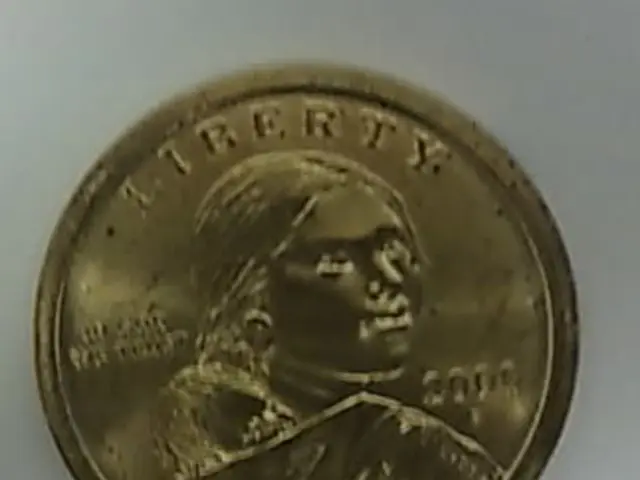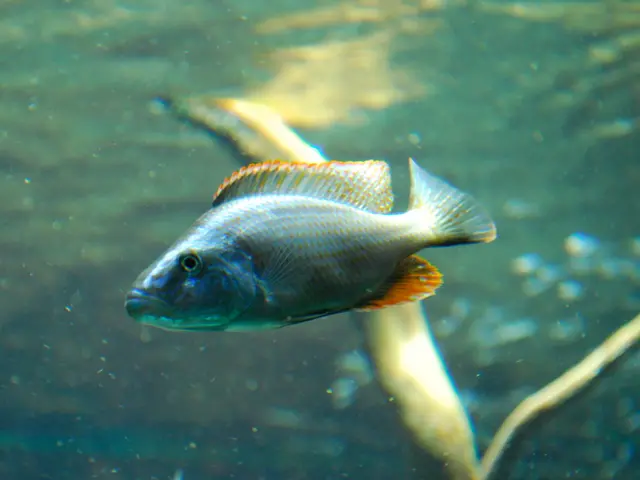underwaterrobotic device retrieves ocean waste
For the first time, an underwater trash collection service has been showcased in the harbor of Marseille, France. The innovative system, developed by the Technical University of Munich (TUM) as part of the EU project SEACLEAR, is designed to tackle the issue of underwater waste.
The heart of this system is an autonomous underwater robot, equipped with a gripper that can recognise, grab, and handle trash objects, even heavy or fragile underwater waste. This robot, weighing 120 kilograms, is surrounded by buoyant foam that keeps it afloat in the water when the mini-turbines aren't running.
The gripper is both strong and sensitive, capable of applying 4,000 Newtons of pressure and lifting objects up to 250 kilograms. This ensures the underwater robot can move freely and precisely, approaching objects with accuracy, according to researcher Sosnowski.
The AI-powered robot uses ultrasound and cameras to analyse objects and pick them up, bringing them to the surface. The system also includes an unmanned service boat with a tender, a drone, a small underwater search robot, and the TUM diving robot. The AI converts the footage into 3D to determine exactly where the robot can safely grasp the object.
The TUM underwater robot team includes researchers Nicolas Hoischen, Zara Zothabayeva, Tau-Yuan Huang, and Hanisch Grant. They come from diverse international backgrounds, reflecting a multicultural team. Recognising trash underwater is challenging due to the lack of visual material for AI to learn from. To overcome this, the project partners have labelled over 7,000 images to help.
Alexandra Ilina, a graduate journalist and translator, wrote an article about TUM's underwater robot. With over 20 years of experience in journalism, communication, and digital content management, she covers topics such as robots, environmental protection, PC-based control systems, the largest factories in the world, Industry 4.0, and learning from nature.
The TUM underwater robot operates economically at a water depth of 16 meters. The boat moves autonomously but is connected to a cable for power and data, allowing the AI to work more powerfully. The cable also serves as a rope to pull heavy objects out of the water.
This underwater trash collection service marks a significant step towards addressing the growing problem of marine pollution. As more cities and countries adopt such technologies, we can hope for a cleaner and healthier ocean ecosystem.
Read also:
- Increase in Electric Vehicle Charging Stations Across U.S., But Is It Sufficient?
- The current status of green hydrogen for developing countries following the wave of hype: Assessment of remains
- Rapid Growth in Bio-based Polypropylene Sector Anticipated at a Compound Annual Growth Rate of 26.5% by 2034
- Potential Fire Hazards in U.S Power Grids Due to Artificial Intelligence Data Facilities








